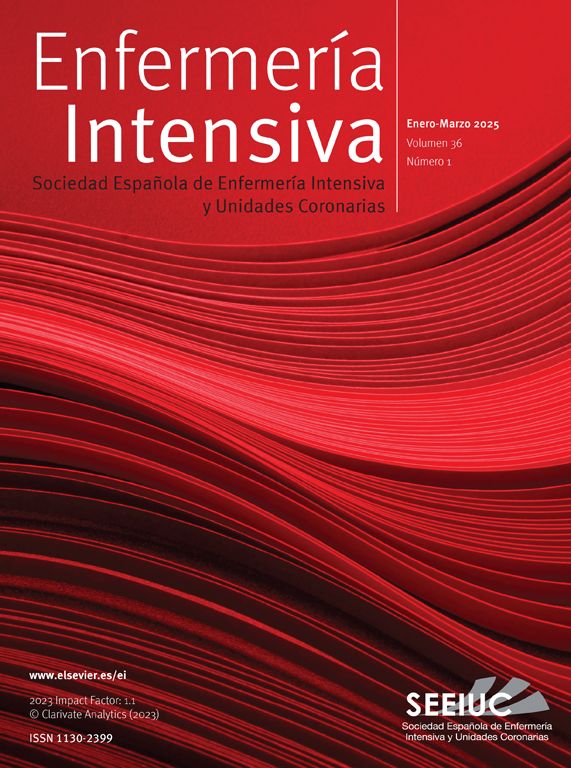En estos últimos años, se han incorporado al trabajo diario de la enfermería los sistemas de información clínica electrónica, para el empleo de registros en las unidades de hospitalización.
Entre los años 2001 y 2002 se configuró la aplicación informática que en la actualidad se ha convertido en la herramienta de trabajo en la unidad de Críticos I. Este proyecto tiene como objetivo conocer la opinión del personal de enfermería sobre el empleo del registro informatizado respecto del previo, «bolígrafo y papel».
Las encuestas diseñadas fueron cumplimentadas en un 90,5% por el personal de la unidad, y se obtuvo que para la enfermería el registro informatizado es mejor sistema de trabajo que el «bolígrafo y papel». Además, el registro informatizado se caracteriza por ser más completo, por permitir recoger mejor el trabajo y por ajustarse más fielmente a la labor de enfermería.
En conclusión, diremos que la percepción de enfermería tras la puesta en marcha del sistema informatizado de registros clínicos es haber mejorado frente al bolígrafo-papel. La percepción del tiempo destinado a cumplimentar los registros es mayor aunque paradójicamente genera más tiempo para la asistencia del paciente, según la opinión del personal; aun así es considerado un buen sistema de trabajo.
In these recent years, electronic clinical data systems have been incorporated into the daily nursing work for the use of records in the hospitalization units.
Between 2001 and 2002, the computer program that has presently become the work tool in the Critical Unit I was designed. This project aims to know the opinion of the nursing staff on the use of the computerized record versus the previous «pen and paper».
The surveys designed were filled out by 90.5% of the unit staff and it was found that for nursing group, the computerized record is a better work system than the «pen and paper». Further, the computerized record is characterized by being more complete, by making it possible to better gather the work and by adjusting more reliably to the nursing work.
In conclusion, we would say that the perception of nursing after the initiation of the clinical record computerized system is that it has improved versus the pen-paper. The perception of the time aimed at filling out the records is greater, although paradoxically, it generates more time for the patient’s care according to the staff opinion. Even so, it is considered to be a good work system.







